IRS Launches “Get My Payment” Tool
The IRS sent out the first stimulus payments this week. But while 80 million people can expect to see the payments in their bank accounts by 4/15, others may have to wait weeks or even months to see their payments.
To speed up the process, the IRS has launched its “Get My Payment” tool which allows taxpayers to check the status of their economic impact payment. (Stimulus check)
The tool provides information about a taxpayer’s payment status, payment type, and whether the IRS needs more information, such as a bank account and routing number. To use the tool, taxpayers will need to enter their name, Social Security number, date of birth, and address. If a bank account is not on file, the taxpayer can enter that information after verifying the AGI and refund amount (or amount owed) on his or her most recently filed tax return.
The “Get My Payment” tool can be accessed at www.irs.gov/coronavirus/get-my-payment.
Individuals who are not required to file a 2018 or 2019 tax return can enter their payment information at www.irs.gov/coronavirus/non-filers-enter-payment-info-here.
This material is generic in nature. Before relying on the material in any important matter, users should note date of publication and carefully evaluate its accuracy, currency, completeness, and relevance for their purposes, and should obtain any appropriate professional advice relevant to their particular circumstances.
Share Post:









